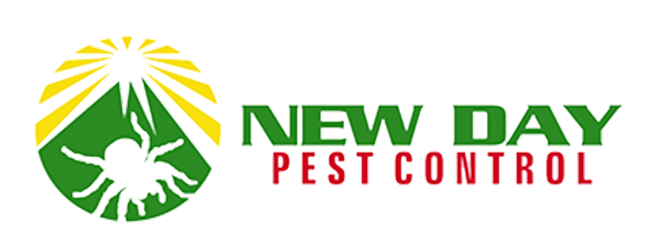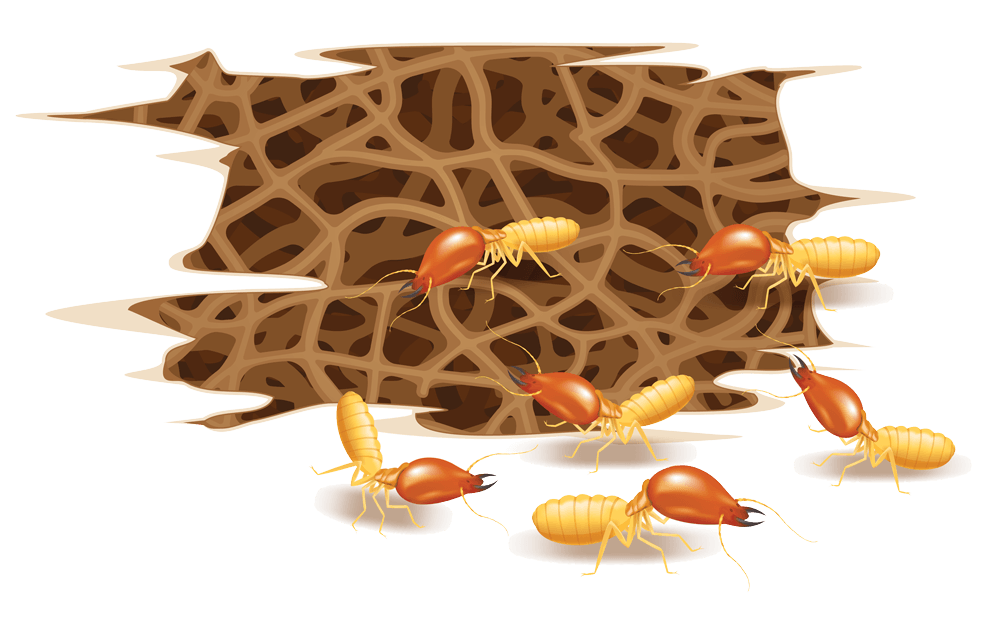The swarm can appear out of nowhere. There can be hundreds and sometimes thousands of winged, potential termite kings and queens swirling about. Walking into one can be scary enough, but at this stage, they are harmless to us. Having one appear in your home, though, is more than a bit unsettling. It means that there is a mature nest of around 15-20,000 termites, growing and eating for about three years close by. Some colonies can remain hidden for over ten years. When you consider that this pest never sleeps, that amounts to 24 hours a day munching.
These swarmers, called alates, are reproductives out for a flight, usually in the spring, looking for a mate and a location to start their own colony. If you happen to miss the aerial courtship, piles of discarded wings can be evidence enough that they were there. Many don’t survive the freezing winters in colder climates, but with climate change leading to warmer and wetter winters and hotter summers, the pest is thriving. This is apparent by New Jersey’s termite infestation probability ranking in the moderate to heavy group.
It’s not just wood they dine on; fiberboard, paper, and some fabrics are also on the menu. There are other materials they can damage even though they don’t eat it, including rubber, plastics, and thin metal.
In the 2012 Annual Review of Entomology, it estimated that the cost of termite damage and control in the US was around 20 billion dollars. There have also been estimates that the number is closer to 7 billion, but, either way, it’s a lot of money. It’s no wonder that 1/4th of homeowner’s worries is about an infestation by them.
In New Jersey, subterranean termites are public enemy number one. They live in moist soil and pose a threat wherever the soil touches wooden structures. They don’t travel above ground like most other bugs. They build mud tubes or tunnels to travel from the nest to the food source. The tubes protect them from predators such as bats, spiders, and their mortal enemy, ants. They also offer the pest protection from the sun and dry conditions.
In the absence of the termite itself, finding these tubes running up the side of your home or business more than likely means they are living nearby. Other signs of an infestation can include, bubbled paint, hollow-sounding or swollen wood, and piles of a sawdust looking material call frass, a combination of discarded wood and termite droppings.
To prevent termites from getting to your home in the first place, there are pre and post-construction treatments available that create a barrier between the soil and your property. Bait stations are also used around the foundation to genetically disrupt their reproduction process and monitor their activity.
In northern New Jersey, the number one company to contact for a termite infestation is New Day Pest Control. At the first sign of them, it is critical to get treatment started immediately. Our hard work has resulted in our ranking as the #1 pest control service in Bergen, Essex, and Passaic counties.
All Rights Reserved | New Day Pest Control


